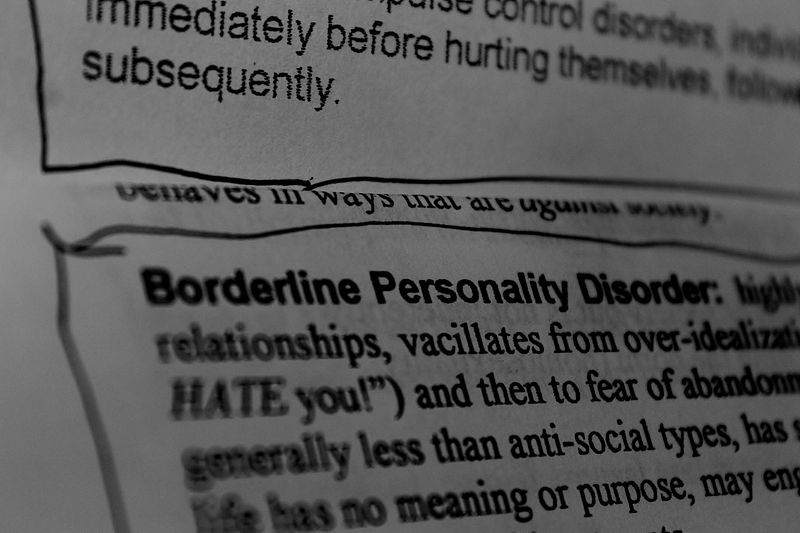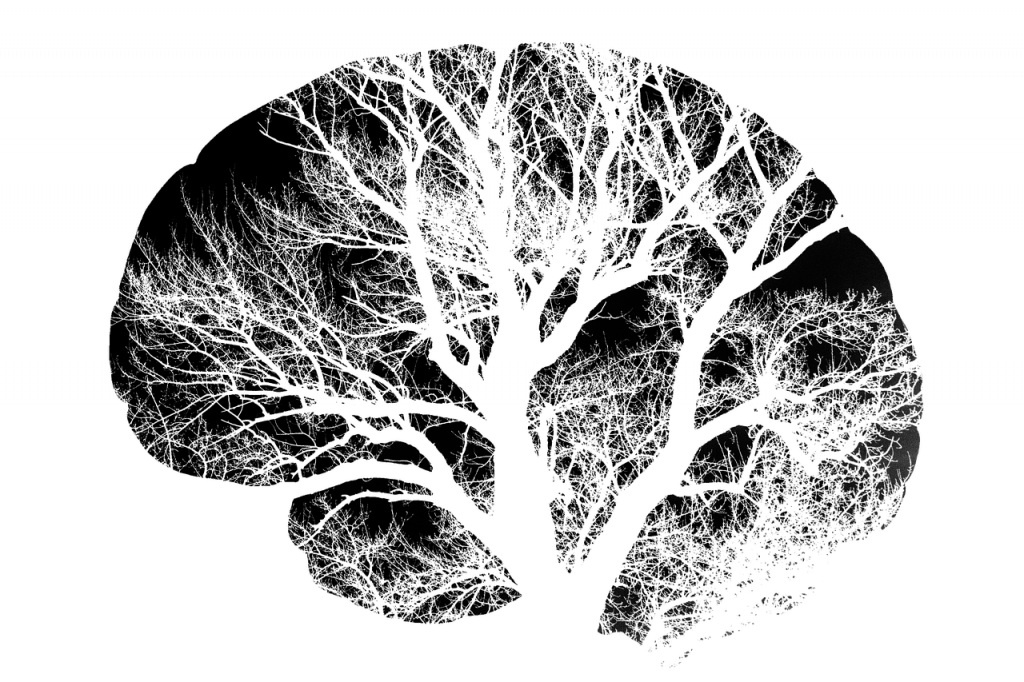As people open up about their battles in life that affect their mental health conditions, the process of determining and assisting in all the types of mental disorders still requires a deep understanding. Among the various kinds of mental illness, a personality disorder is the least that medical practitioners give attention. Most people think that a person who suffers from a personality disorder is crazy or dangerous. However, we will try to identify one of the many types of personality disorder, particularly BPD.
Borderline personality (BP) is estimated to affect between 1.5% and 6% of people in the United States. — Traci Stein, PhD, MPH

What Is Borderline Personality Disorder?
Borderline Personality Disorder (BPD) is a type of mental illness that is determined by a person’s unstable and inconsistent moods, functioning, and behavior. It often results in a complicated relationship, depression, anxiety, impulsivity, and anger. It creates an extreme frustration when a person feels that he lacks control over everything around him. The psychiatrist believes that the different structural changes in the brain from childhood traumatic experiences are the cause of BPD. It is where the part of the consciousness that controls emotions and impulses is affected.

BPD is hard to detect due to the almost the same symptoms and characterization of the other mental illnesses. Most of the time, the conclusion is described as a state of depression and not a borderline personality disorder. Therefore, some treatments may not be compatible with the said disorder due to the wrong clinical diagnosis.
Borderline patterns are passed on through genetics, learned through parental and older sibling modeling, and in addition, can be triggered by trauma. — Susan Heitler Ph.D.
How To Diagnose A Person With BPD
A person with BPD often sees things differently and dangerously. Though their mood-swings are one of the determining factors, they also try to avoid concrete stimulations so they can prevent possible issues of disappointment and abandonment. In some cases, they sometimes show signs of potential self-damaging impulsivity. A person may find it difficult to feel satisfied with anything and always in the state of chronic emptiness. It is also possible for them to exhibit weak abilities that can somehow less sustain the needs of a healthy and long-term relationship. In line with that, they have this sense of unexplained paranoia that the people they love will eventually try to hurt them. They like and hate a thing at the same time.
Though BPD is a type of mental illness, it is considered non-psychotic. They don’t struggle with delusions and hallucinations. They don’t hear voices or exhibit symptoms of severe derangements. As a matter of fact, their senses are still intact, and they know what their reality is. However, the disorder still gives them a lack of inner-potential ability to cognitively understand their sense of purpose due to their incapability to stabilize their moods and emotions. If things are not the way they perceived it to be, they will consider it a negative thing without appreciating the little things that can make it look good. Thus, a small mishap from their daily experience is also identified as an extreme failure. In other words, their judgments remain on the “all good” and “all bad” sections which somehow make it difficult for them to react to possible measures of various scenarios.

Dialectical behavior therapy offers skills specifically designed for people dealing with depressive feelings. DBT empowers people with depression to add positive emotional experiences to their lives in order to have better relationships and experience more joy. — Jeremy Schwartz, LCSW
There are still a lot of stigma surrounding the different types of mental illness and needs positive progress in understanding them. In such situations, BPD stays mysterious due to the black and white function of the brain.
